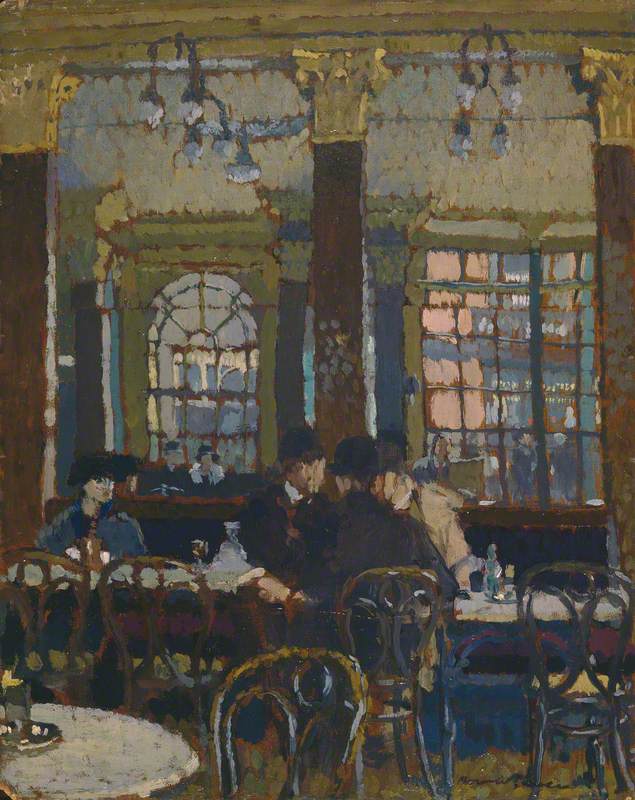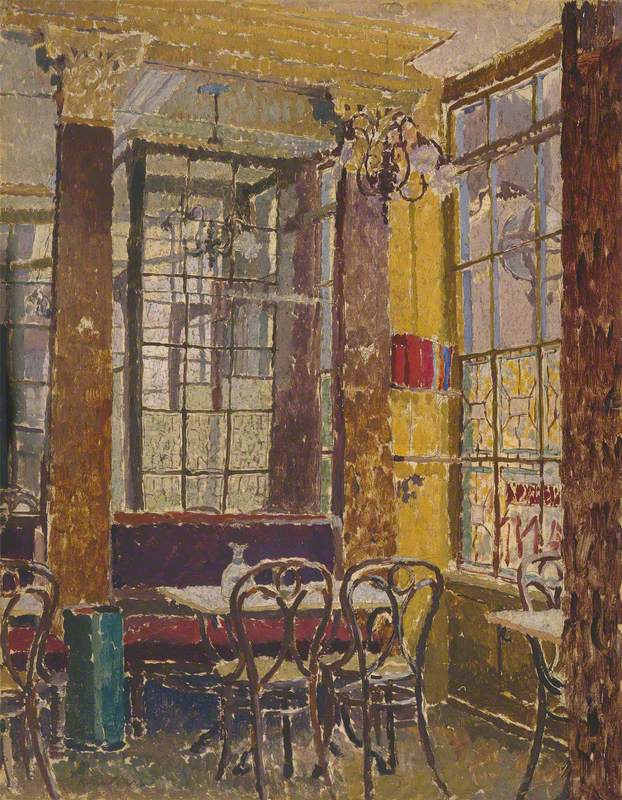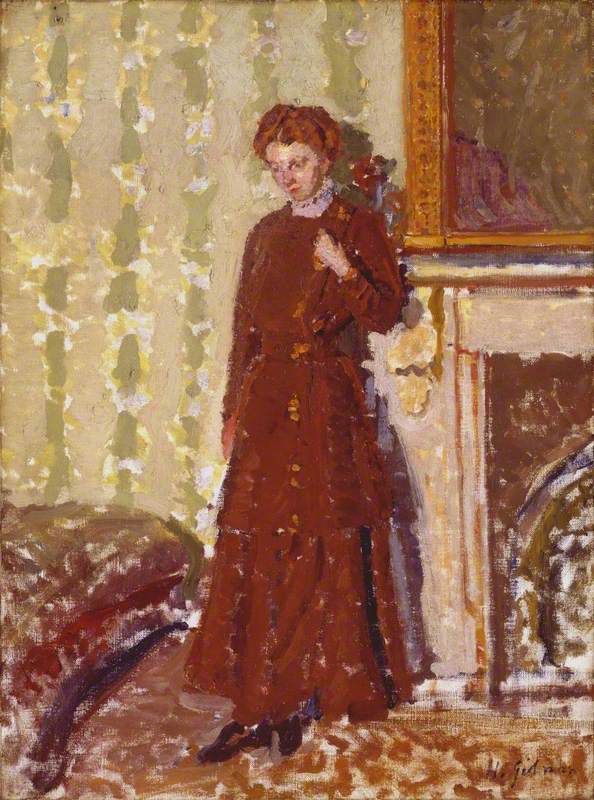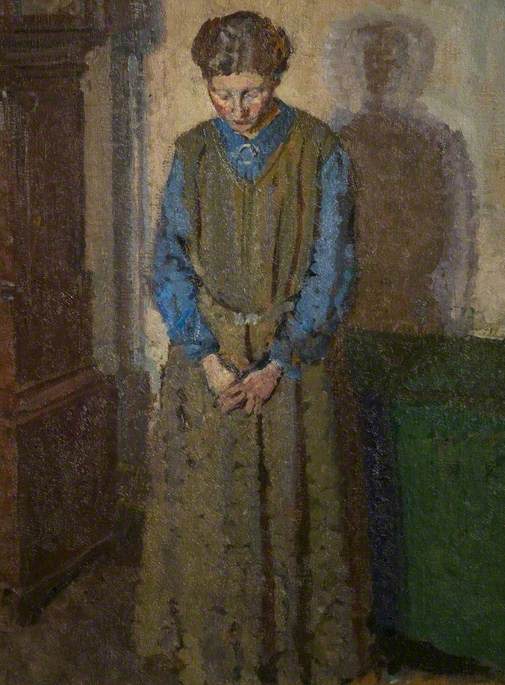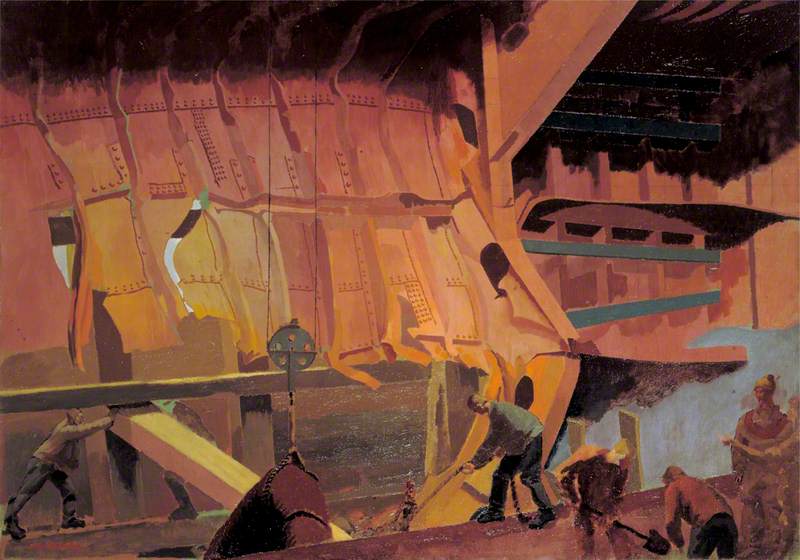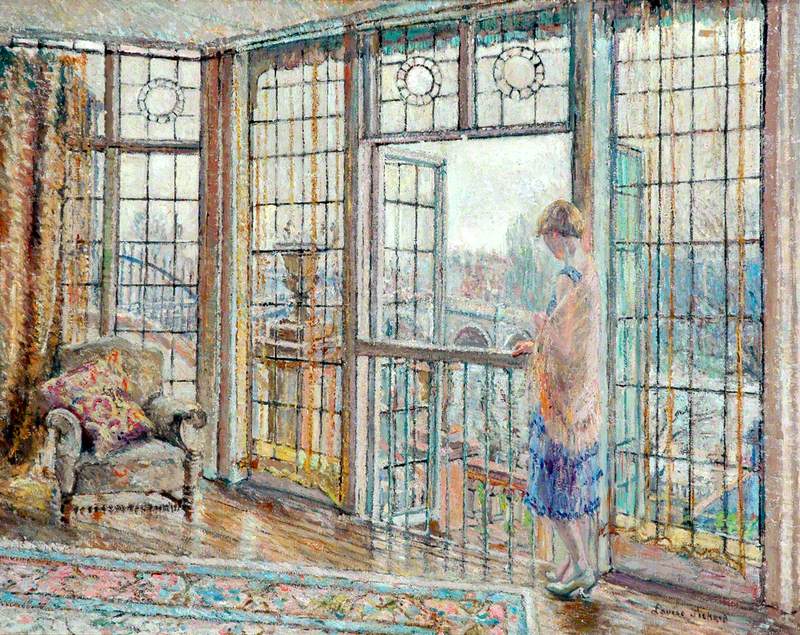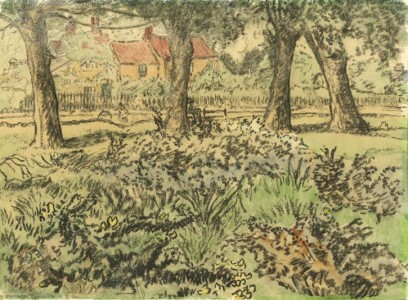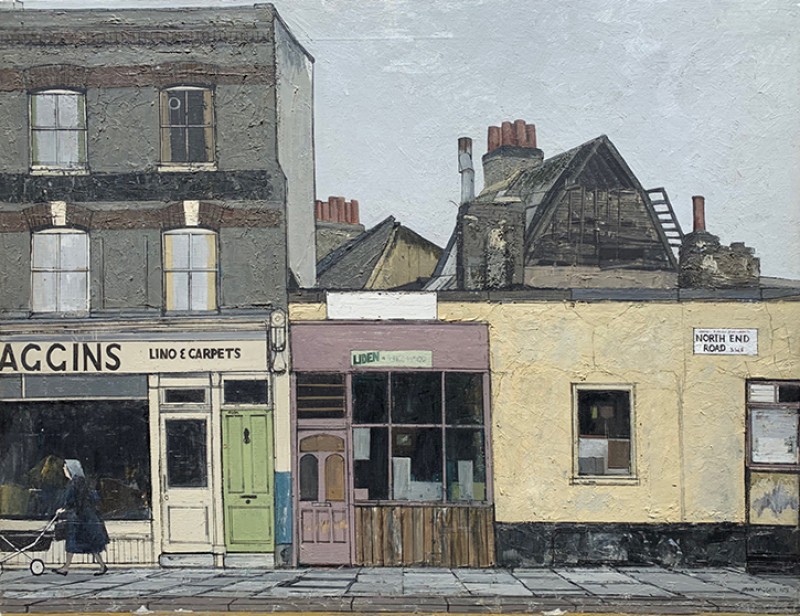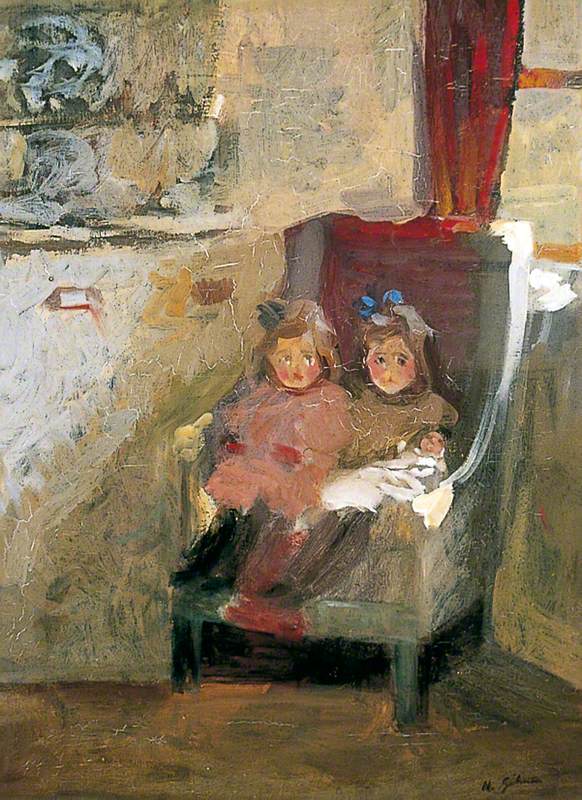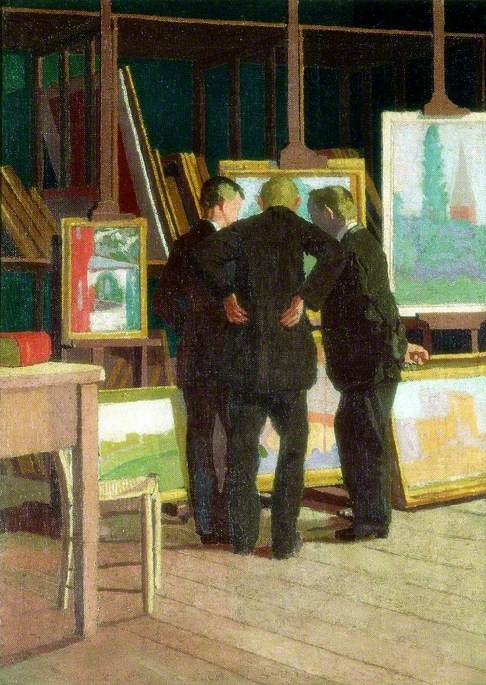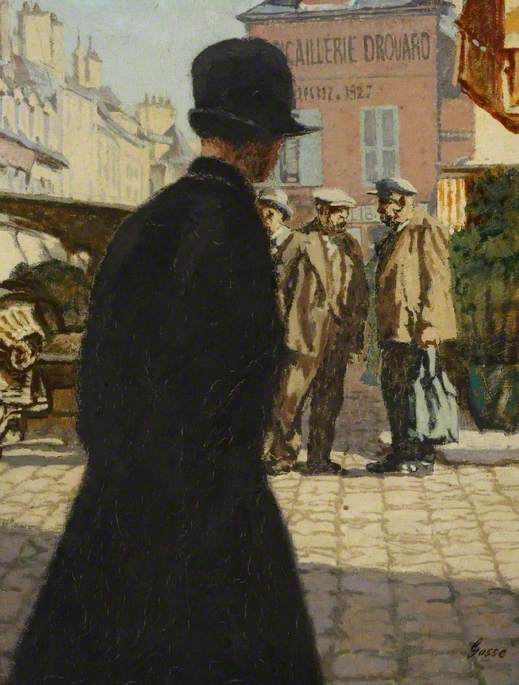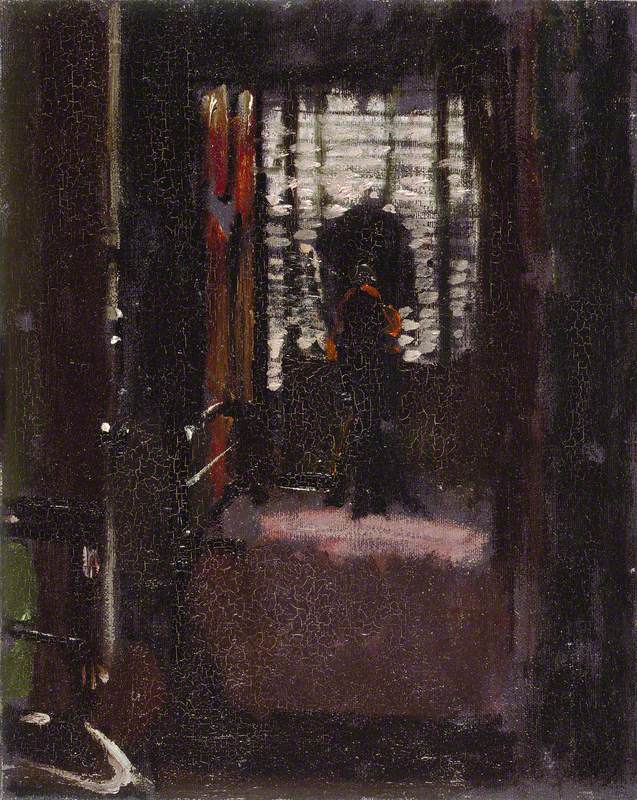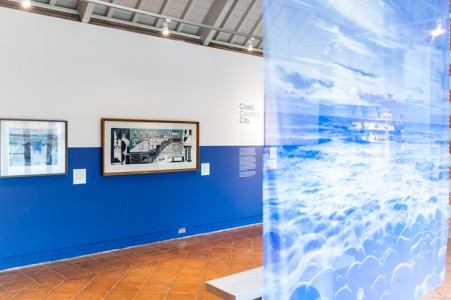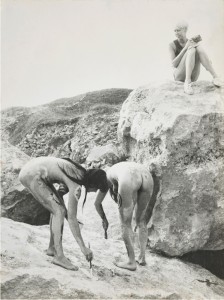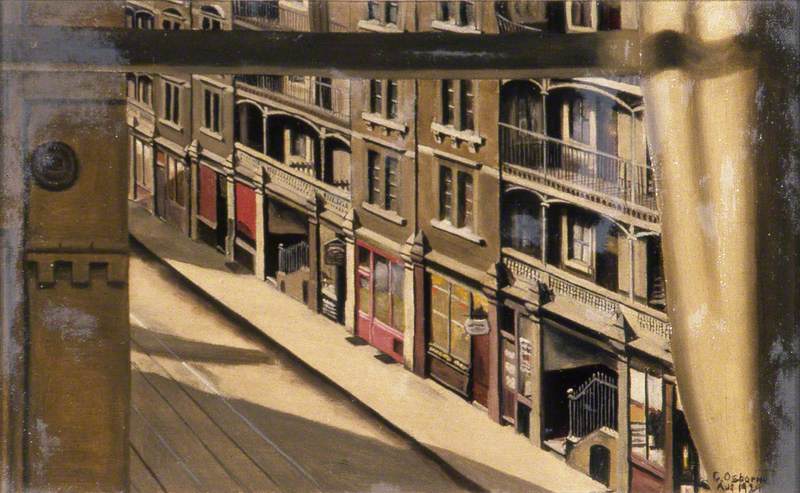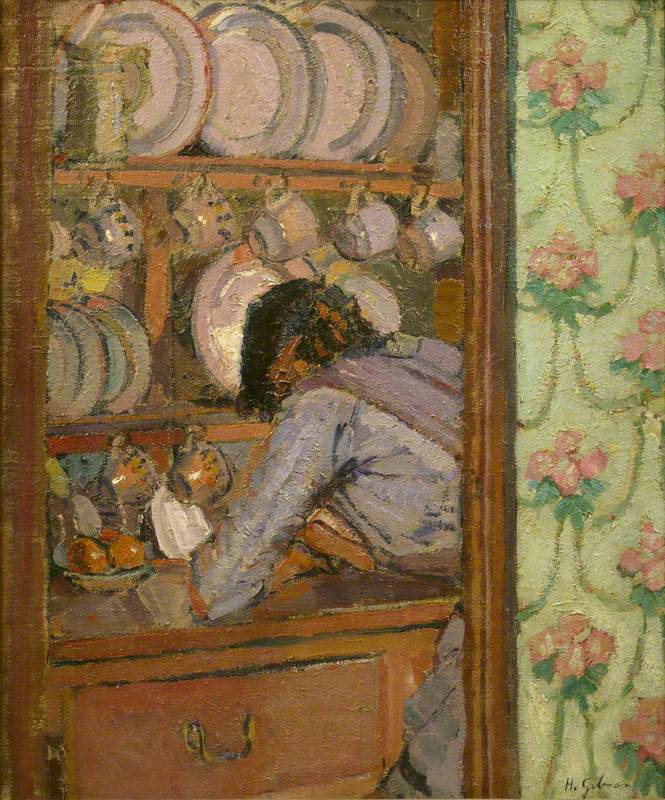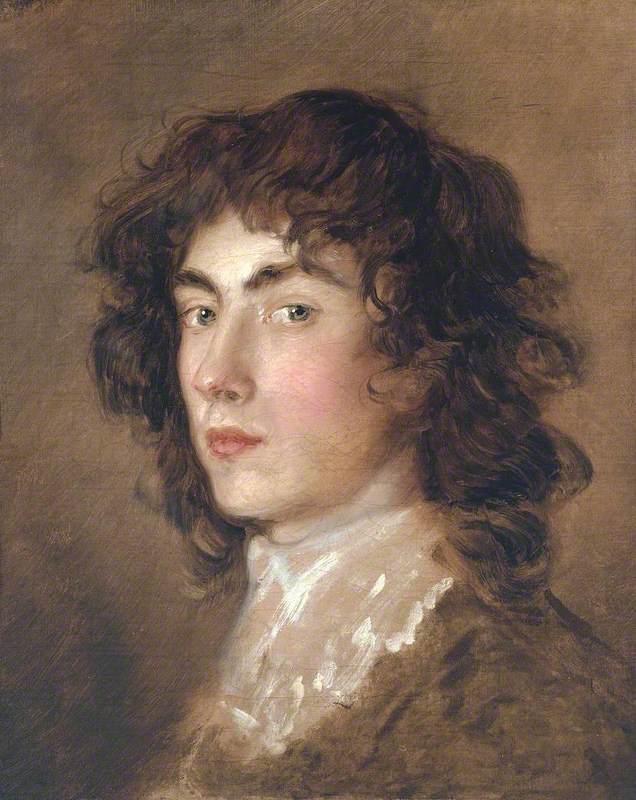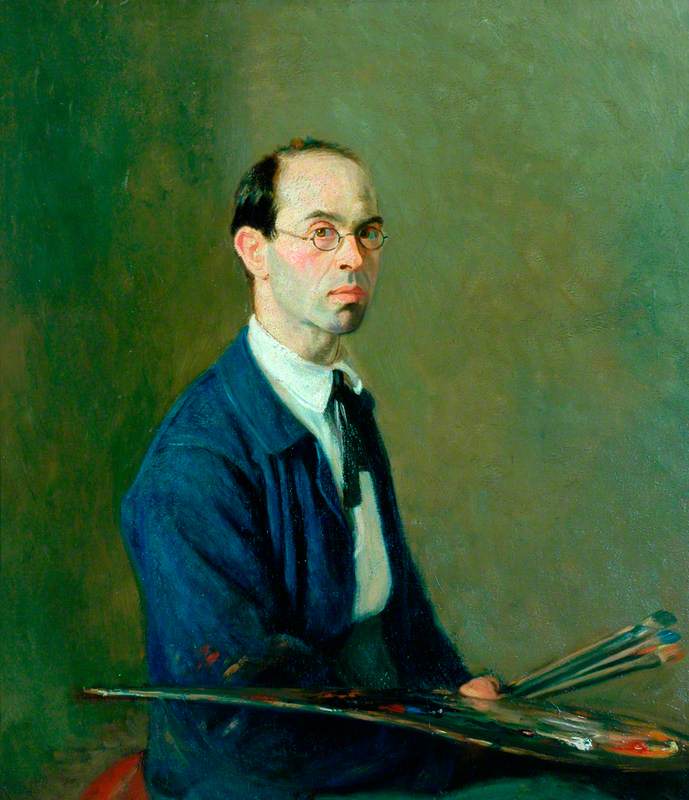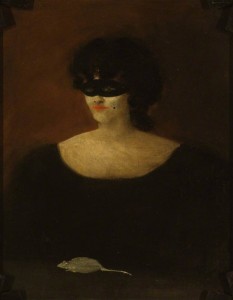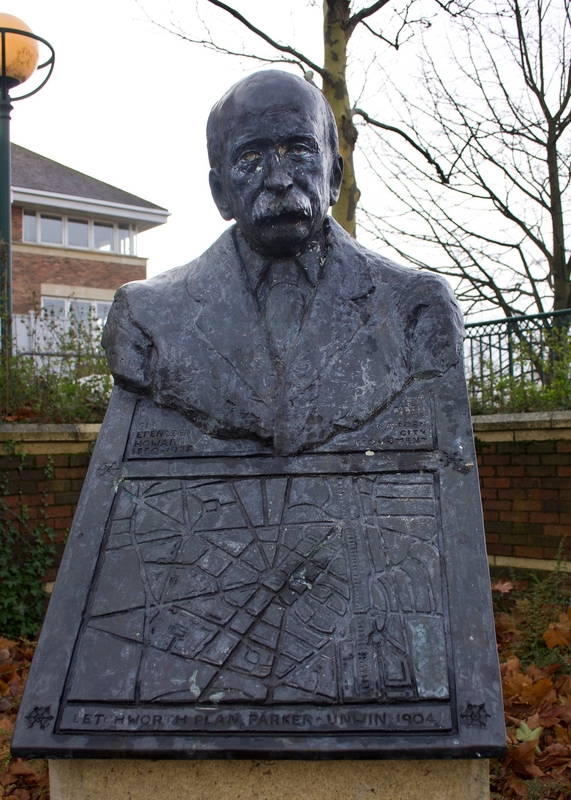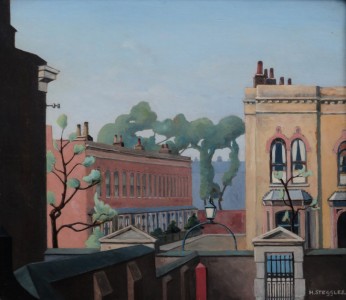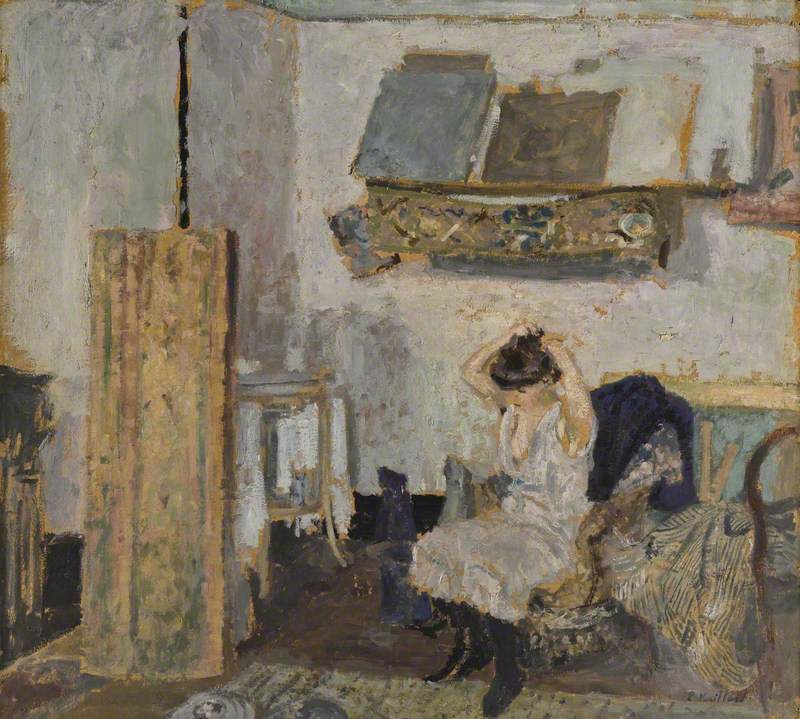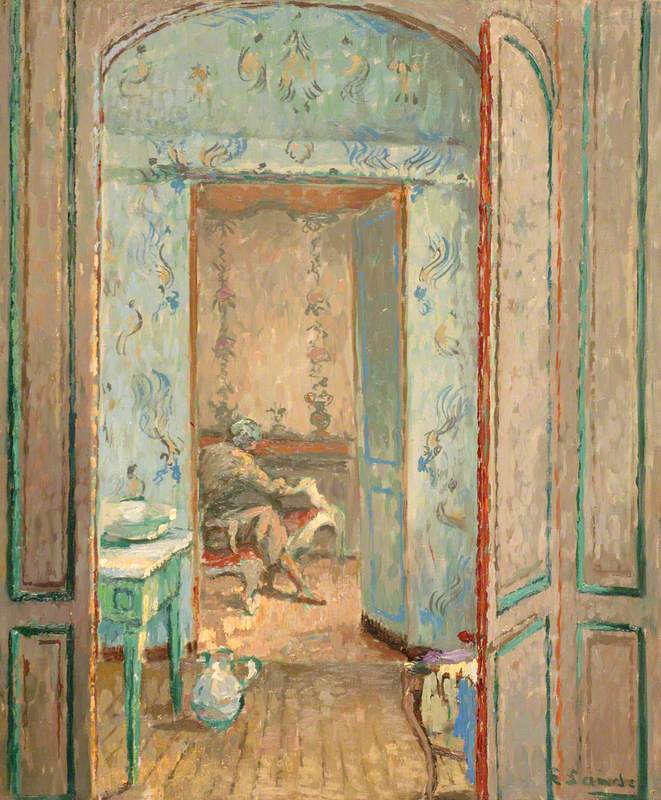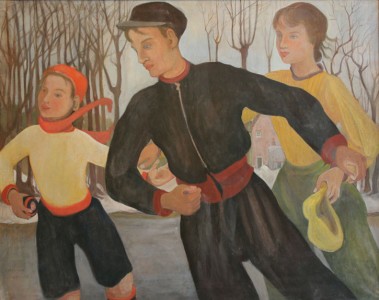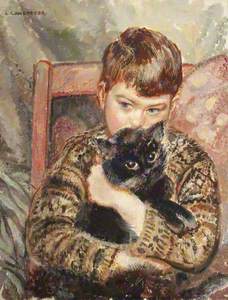In July 1913, the Carfax Gallery in Bury Street, St James's, held an exhibition of 'Paintings, Drawings and Etchings by Past and Present Pupils of Mr Sickert'. The Carfax Gallery, Walter Sickert's principal dealer at the time, also hosted the three exhibitions held by the Camden Town Group (in June and December 1911 and December 1912) and mounted exhibitions devoted to individual members of the Group: Spencer Gore, Harold Gilman, Robert Bevan, Walter Bayes and Lucien Pissarro.
101 works by 28 artists were included in the 'Pupils' exhibition, two of whom were members of the Camden Town Group: Malcolm Drummond exhibited Chestnut Leaves, a painting he had shown with the Camden Town Group in December 1912; John Doman Turner showed Walberswick, probably the drawing he had shown with the Camden Town Group in December 1911. I was curious to learn more of the professional careers of the remaining 26 pupils. The obvious place to start was the Art UK catalogue of paintings.
Each of the exhibitors was identified in the 'Pupils' catalogue by surname and initial only. Was this an early attempt to be gender neutral? Or was it to disguise the fact that most of Mr Sickert's pupils were women – assumed to be ladies passing the time until marriage rather than planning careers as artists?
Some names were familiar to me. C. M. Pearce was Charles Maresco Pearce, architect, artist and distinguished collector.
Of his six paintings in public collections, the two interiors of Verrey's Café in Regent Street (Manchester Art Gallery) are the most Sickertian.
M. Knox was Madeleine Knox who, in 1910, had helped Sickert run his private art school, Rowlandson House, at 140 Hampstead Road. She found managing the administrative aspects of Sickert's project so stressful she resigned, an act which did not prevent Sickert from proposing marriage. She refused him, left for a prolonged visit to Canada, returned, and several years later married Arthur Clifton, owner and manager of the Carfax Gallery. Although an accomplished painter, none of her work is in a UK public collection.
She is, however, present on the Art UK website as the sitter in Harold Gilman's portrait of her now in the Tate collection, and his Meditation at Leicester Art Gallery.
The J. Wheatley who exhibited in the 'Drawings and Etchings' section of the 'Pupils' exhibition was John Wheatley who studied etching with Sickert and, with his wife Grace, helped print the series of Sickert etchings published by the Carfax Gallery in 1915.
He was an official war artist in both world wars, a teacher (at the Slade and as Professor in Cape Town), and an arts administrator (Director of the National Gallery of South Africa and, on returning to England, Director of the Graves Art Gallery in Sheffield). 28 paintings by him are listed on the Art UK website.
Two more Sickert pupils feature on the site: one is L(ouise) Pickard, with nine paintings in total at Tate and at the municipal galleries of Hull, Nottingham, Bradford and Huddersfield (Kirklees).
The other is U(rsula) Tyrwhitt with 16, all in the National Library of Wales, Cardiff.
Street Scene, Mediterranean 1
c.1920
Ursula Tyrwhitt (1872–1966) 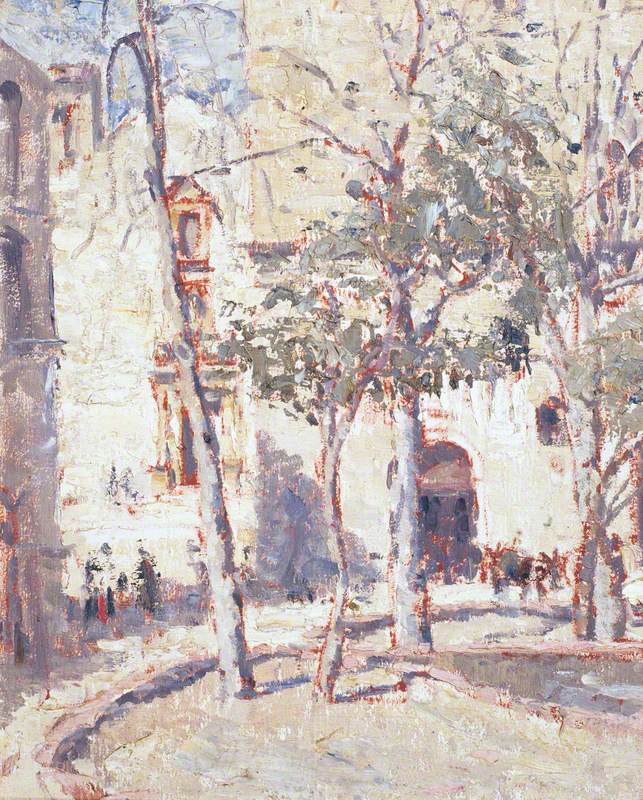
The name of L(ilian) Lancaster was known to me because Sickert gave her a half-length nude, Reverie; it is hard to believe that the recipient of this particularly challenging painting is the author of the sentimental The Boy and the Cat in the Grundy Art Gallery, Blackpool.
And that was it, so far as paintings in public collections were concerned. Without Art UK, finding out even this much would have involved hundreds of written enquiries or online searches. But there were still 20 artists to investigate.
I had come across a few more pupils in Sickert's letters. J(ean) McIntyre, was one of his favourite and most talented pupils. Sickert gave her a number of paintings, including the enchanting Chicken: Girl at a Mantelpiece, which he showed with Camden Town Group in June 1911. Some of her well-structured and crustily painted north London landscapes were shown to me by Christie's some 40 to 50 years ago, but none is in a public collection. She probably painted little after her marriage to A. E. Anderson. Neither R(egina) Middleton, who was given an uncharacteristic flower still life by Sickert in 1911, nor R(uby) Peto, a society beauty whose overt admiration Sickert found a little irksome, has work in a public collection.
Details of the lives and work of a further 17 artists remained to be investigated. The next – and for me final – stage was the useful list of works exhibited at The New English Art Club (NEAC) from 1888 to 1917, compiled by Jane Johnson and first published by the Antique Collectors' Club in 1975 (long before online research tools became the norm). The back cover of this volume illustrated the work of another pupil, M(ary) Godwin. This painting, A Back Room in Somers Town, shown with the NEAC in 1914, is a textbook 'pupil of Sickert' interior. Furnished with a washstand, a bed, patterned wallpaper, a chest of drawers, a dressing table mirror, and inhabited by a seated girl in a straw coster hat and a rather threatening standing man in his shirtsleeves, it is unthinkable without Sickert. But no painting by Godwin is in a UK public collection.
Pictures by Jean McIntyre, Lilian Lancaster, Ruby Peto and Regina Middleton were also shown with the NEAC. It remained to discover whether the work of any of the so far unidentified Sickert pupils satisfied the NEAC jury? Several did. M. Brend (Marjorie), Miss G. D. Davison, E. H. Elder (Ethel Harrriet), S. Gunston (Sheelah), M. Farquharson (Margaret) and L. Harris who might, or might not, have been Lillian Harris. The rest I gave up on. N. Wells; A. M. Wright; L. E. Wright; R. Russell; V. M. Smith; V. M. Powell; F. Hill Clarke; H. Drayton; M. Wray; and V. Fitzroy. As the author and playwright Enid Bagnold, a pupil of Sickert in 1913 who was not included in the Carfax Gallery exhibition, declared in her autobiography: 'His lightning-teaching tore across clouds of muddle and broke them up. For a time. His danger was he gave short cuts to success.' And even more tellingly: 'He was such a teacher as would make a kitchen-maid exhibit once.' There should be a pause before the last word.
Wendy Baron, art historian and former Director, Government Art Collection
